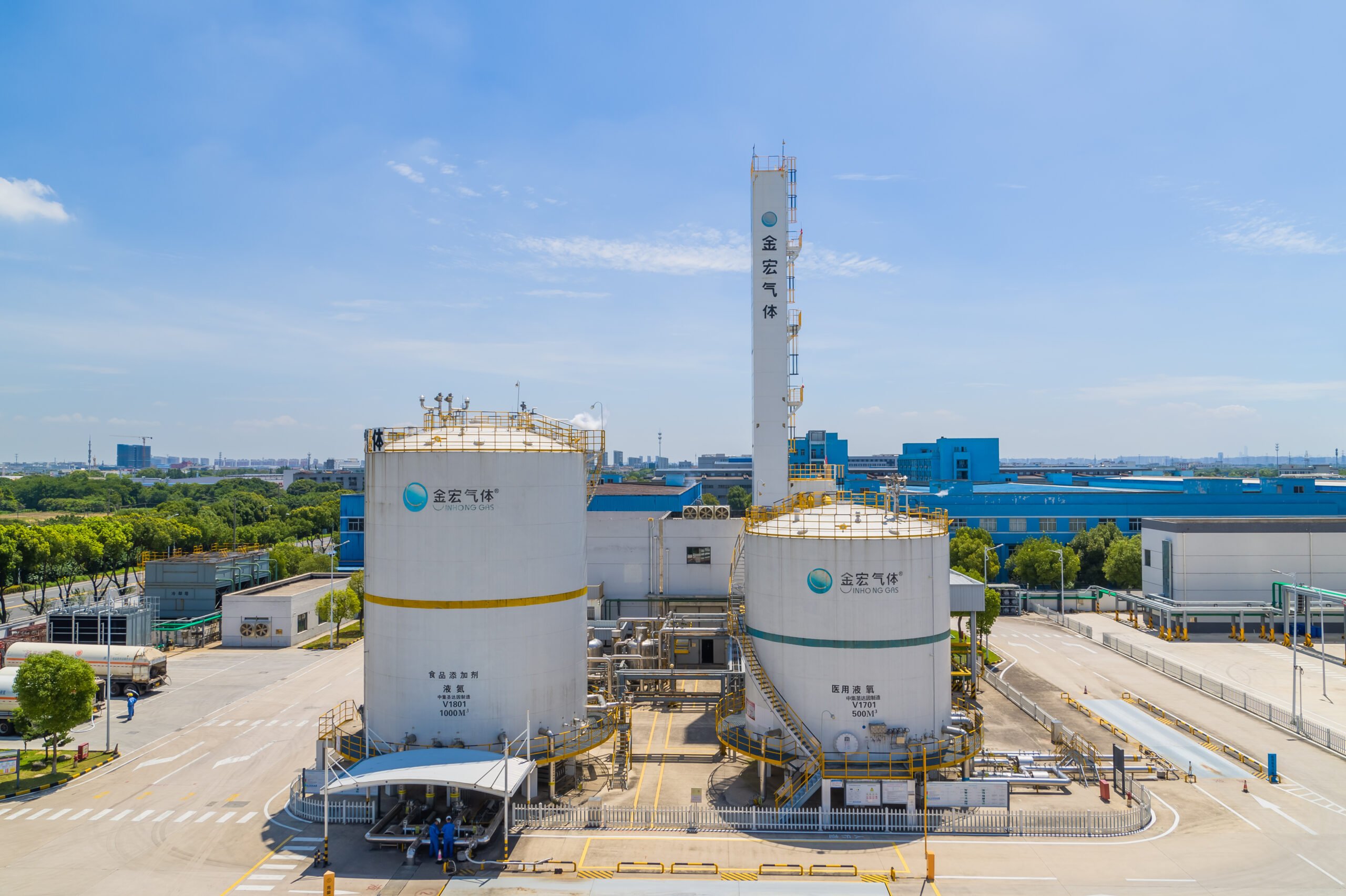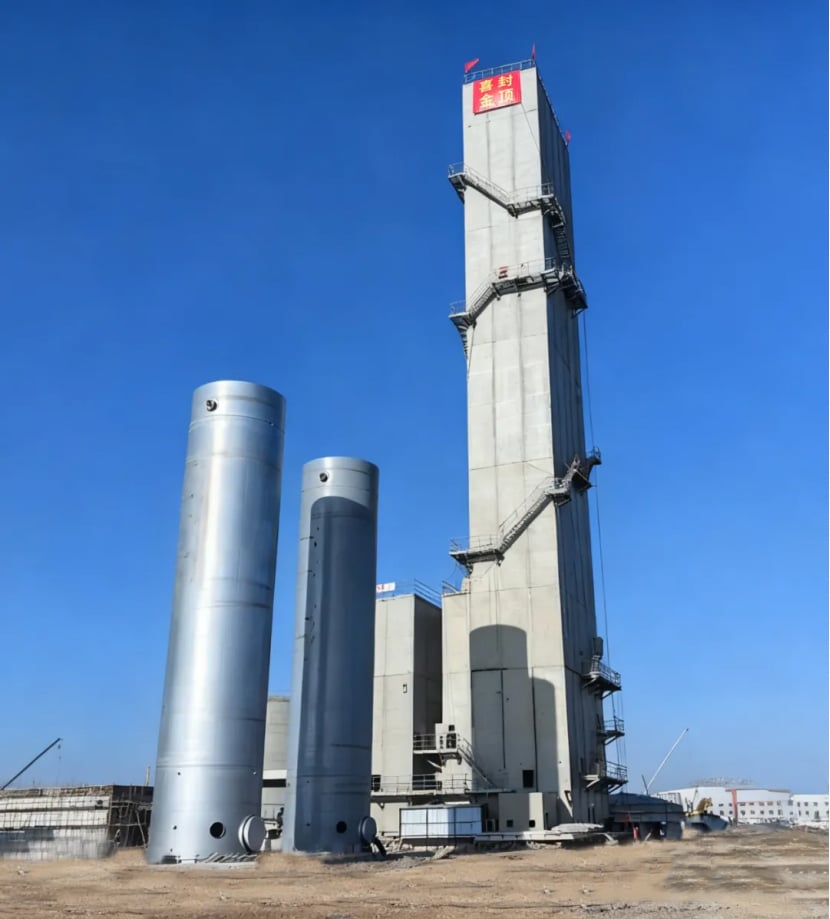Ethylene oxide (ETO) sterilization is a widely used process in industries like healthcare and medical device manufacturing. This article provides an in-depth look at the ETO sterile product manufacturing process, highlighting its efficiency and safety. With our focus on the keyword “ETO sterile,” we aim to enhance your understanding of this critical process.

What Is ETO Sterilization?
ETO sterilization is a low-temperature sterilization process that uses ethylene oxide gas to eliminate bacteria, viruses, and other microorganisms. It is especially effective for products sensitive to heat or moisture, such as medical devices and surgical instruments. Moreover, this method ensures a high degree of sterility while maintaining product integrity.
The Production Process of ETO Sterile Products
1. Product Preparation
Before sterilization, products must be thoroughly cleaned and packaged. This step ensures that all visible contaminants are removed and that the packaging allows for ETO gas penetration. Additionally, products are often preconditioned to ensure they reach the required temperature and humidity levels.
2. Loading the Sterilizer
Once prepared, products are loaded into a specialized sterilizer chamber. The chamber is sealed to create a controlled environment. Furthermore, proper arrangement of products within the sterilizer is critical to ensure uniform gas exposure.
3. ETO Gas Introduction
Ethylene oxide gas is introduced into the chamber under controlled conditions of temperature, pressure, and humidity. As a result, the gas penetrates the packaging and effectively sterilizes the products by disrupting the DNA of microorganisms.
4. Exposure Phase
During this phase, the products remain in the chamber for a specific duration to ensure complete sterilization. Therefore, the exposure time varies depending on the product and sterilization parameters.
5. Aeration
After sterilization, products undergo an aeration process to remove residual ETO gas. This step is crucial to ensure the safety of the products before they are distributed. Consequently, aeration times can range from several hours to days, depending on the material and regulatory requirements.
Advantages of ETO Sterilization
- Effective for Complex Devices: ETO gas can penetrate intricate designs and hard-to-reach areas.
- Versatile: Suitable for a wide range of materials, including plastics and electronics. Additionally, it supports various product categories effectively.
- Preserves Product Integrity: Low temperatures prevent damage to heat-sensitive items.
Applications of ETO Sterile Products
ETO sterilization is indispensable in producing sterile surgical instruments, medical devices, and pharmaceutical packaging. Furthermore, it is used in industries like aerospace and electronics, where cleanliness is critical.
Safety and Environmental Considerations
While ethylene oxide is highly effective, it is also toxic and flammable. Consequently, manufacturers adhere to strict safety protocols and environmental regulations to minimize risks. Moreover, advanced equipment and monitoring systems ensure the safety of workers and the environment.
Conclusion
The production of ETO sterile products is a meticulous process that combines advanced technology and strict safety measures. By understanding the steps involved, you can appreciate the reliability and precision of this essential sterilization method. Additionally, this knowledge highlights the importance of maintaining rigorous standards in the manufacturing process.
For more insights into ETO sterile products and their applications, stay connected with our blog. Don’t forget to share this article to spread awareness about this vital process.



